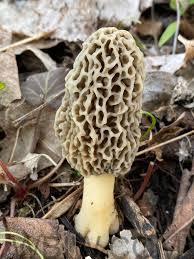
INDIANA- Morel mushrooms are popping in southern Indiana, and the tasty morsels will spread north as spring and warmer weather arrive.
Morel season is brief, sometimes lasting only a month, and usually starts in early to mid-April. Mushroom hunters will traverse miles of hills and hollows to taste this elusive fungus.
Here’s what you need to know about the spring delicacy.
What are morel mushrooms?
Indiana is home to four types of morels. Black morels, which are difficult to spot and a bit more fragile, are typically the first to pop up in the state.
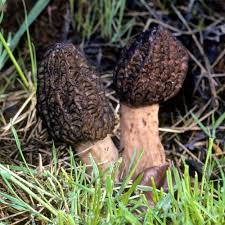
Appearing next are half-frees, sometimes called goosenecks or peckerheads. These are longer than other morels and usually are fragile and can crumble.
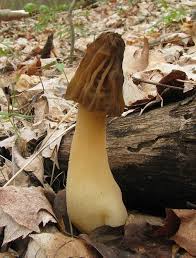
The big and spongy morels, Morchella americana, are the iconic shrooms the commercial industry calls white morels. These are the main attractions as they can grow the largest and are easiest to spot.
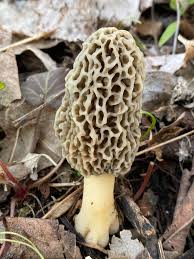
Finally, tulip morels show up. Smaller but more abundant, these are the last to appear around the state.
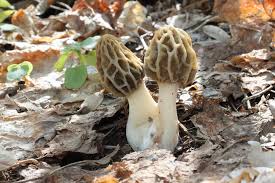
Hoosiers do not need a license to forage for morels in Indiana if they plan to eat them themselves.
In state parks, mushroom hunting is exempt from regulations that require you to use marked trails, but the DNR advises caution if you go off-trail, asking morel hunters to move carefully so as not to disturb native plants or wildlife.
There are some restrictions during hunting seasons, so be sure to check with the latest DNR advisories.
Do not trespass while mushroom hunting. Always obey posted signs, and if you are unsure if you are supposed to be hunting in a particular area, stay out until permission is confirmed. Depending on the severity and circumstances of the offense, fines and jail time are possible.



